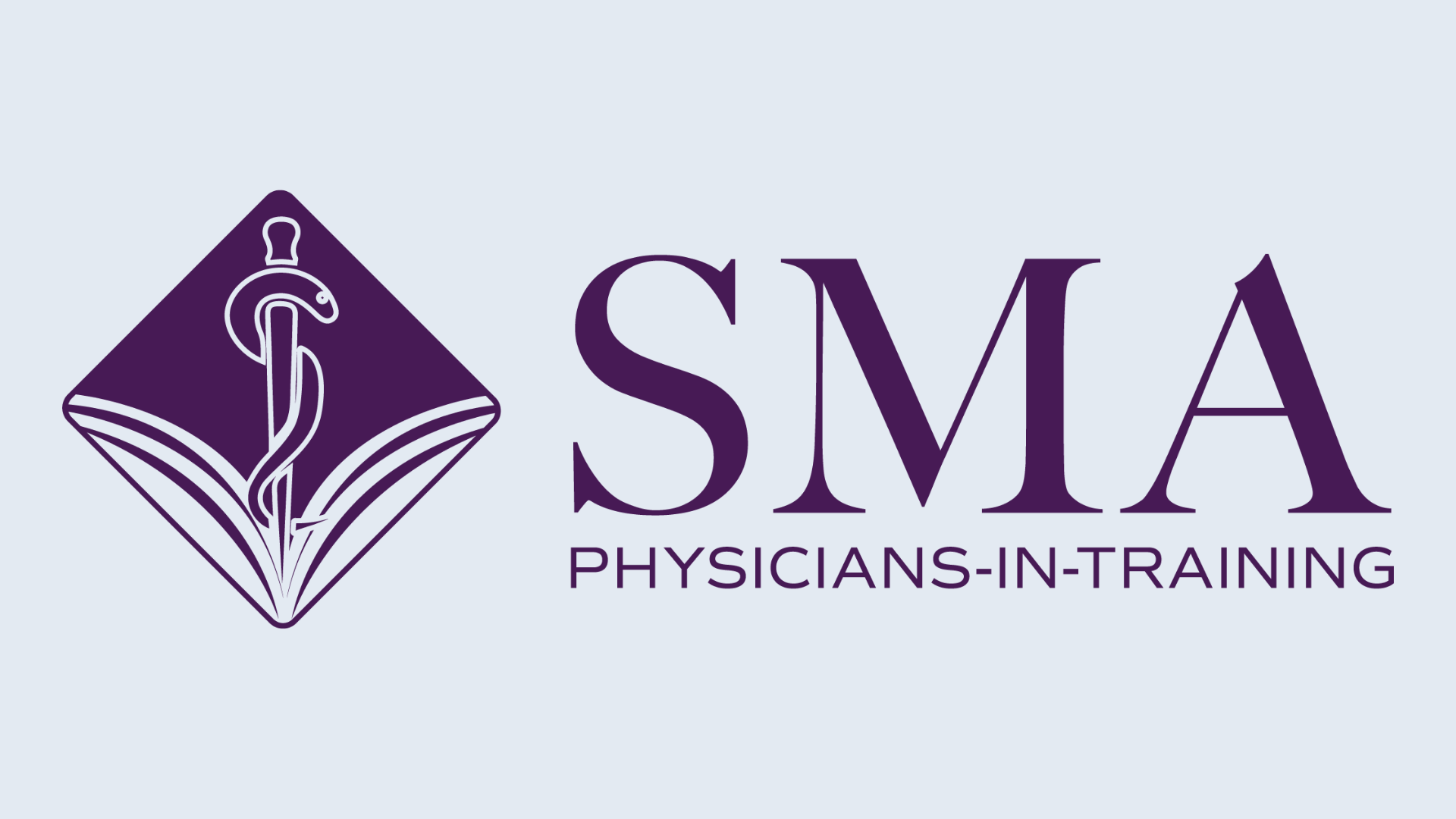Chronic or long-term inflammation appears to be linked to an ever-increasing number of medical conditions. Some have well established links to inflammation with the initiating processes - if not the underlying triggers - clearly outlined over years of research.
One such condition is inflammatory bowel disease (IBD), a chronic condition involving inflammation of the gastrointestinal tract. The two most common types of IBD are Crohn's disease and ulcerative colitis. In Crohn's disease inflammation can affect any part of the gastrointestinal tract, whereas ulcerative colitis affects the mucosal lining of the colon and rectum.
IBD is a complex disease linked to genetic susceptibility, dysbiosis of the intestinal microbiota, immune system deregulation, and environmental factors which remain unclear, all contributing to a cycle of chronic inflammation in the intestine.
A further condition affecting the gastrointestinal tract is diverticular disease, which can develop into diverticulitis. This involves small bulges or pockets that develop in the lining of the large intestine. When there are no symptoms it is called diverticulosis, when there is pain it is diverticular disease, and if it becomes inflamed or infected it is known as diverticulitis.
A diagnosis of Crohn's disease is made using a combination of physical examination, endoscopy, and biopsy showing discontinuous inflammation of any part of the gastrointestinal tract. The presence of C-reactive protein is raised, and in blood tests it reflects the extent of disease activity.
Inflammation in the disease can affect the full depth of the intestine wall, sometimes causing fistulas. The most common locations for inflammation are the muscle valve between the small and the large intestine, then the lower part of the small bowel, the remainder of the small bowel, and finally the colon.
In this condition, as with all inflammation, communication between immune cells (natural killer, T and B cells, dendritic cells and macrophages) with other bodily cells activates pro-inflammatory mediators such as chemokines and cytokines, and generates inflammation.
Among the cytokines produced at inappropriate levels in Crohn's disease is tumor necrosis factor alpha (TNF-α), found in both normal and inflamed mucosa. This results in immune suppression and chronic disease, so treatment often includes drugs that target TNF-α, such as infliximab. This and a number of other therapies targeted at reducing mucosal inflammation are the foundation of treatment for Crohn's disease, as well as ulcerative colitis.
Ulcerative colitis is a closely related condition, but in this form of IBD the inflammatory response and cellular changes are confined to the colon, almost always including the rectum. Inflammation is limited to the lining of the intestine, and is continuous along the length of the colon.
As with Crohn's disease, TNF-α is raised but to a lesser degree. For both conditions, corticosteroids are used to induce remission, then sulfasalazine and mesalamine are given with the aim of maintaining remission.
The underlying basis of both conditions is an auto-immune inflammatory response directed towards a 'self antigen' on the patient's own healthy intestinal cells.
This is maintained by several inflammatory pathways, one of which is the nuclear factor kappa B cell pathway that partially controls activation of immune cells. This pathway causes macrophages in ulcerative colitis patients to become hypo-responsive and macrophages in Crohn's disease patients to be hyper-responsive.
Many previous studies have highlighted a prominent role for interleukin-12 in the development of IBD. For example, in several animal models of IBD, treatment with an anti-Iinterleukin-12 antibody prevents the development of ulcerative colitis.
One cytokine that is highly upregulated in both diseases is interferon-γ which is seen to be activated in inflamed biopsies. It appears to act on blood vessels endothelial cells, disrupting the vascular barrier. This could allow food particles to pass through the intestinal wall before breaking down, triggering or maintaining an immune response.
In addition, the gut microbiota is known to play a role in the immune system. For example, the microbiota is required for production of the cytokine interleukin-10, and for the activation of intestinal regulatory T cells.
In one study from 2014, the microbiota was required for proper intestinal barrier repair, and more recently, it was shown that an intact microbiota is needed for the reduction in inflammatory T helper 1 cell responses against food and the microbiota itself. These cells are abundant in healthy human colons and decreased in patients with IBD.
However, so far the relationships between the presence of various bacteria and inflammation are unclear. In a 2020 report in the International Journal of Molecular Sciences, the authors state, "While the broad microbiota analysis gives a general idea of the involvement of bacteria, a more specific analysis of the interplay between bacterial groups and host immunity is required for a more effective treatment of the disease."
In summary, many important advances have been made in our understanding of the causes of intestinal inflammation. While questions remain over the precise role of immune mediators, intestinal bacteria, and the genetic factors involved in IBD, future research promises to yield fresh insights into these areas.
While IBD has an established association with inflammation, diverticular disease has a less well understood relationship with it.
Diverticula are protrusions in the gastrointestinal tract, most frequently the colon. Without symptoms, this is called diverticulosis. With pain and altered bowel habits, this is symptomatic uncomplicated diverticular disease, but once inflammation of the diverticula is detectable, the condition is diverticulitis.
Diverticulitis can involve localized inflammation, or be complicated by fistula, bowel obstruction, perforations, bleeding, and abscesses.
The role of inflammation in the development of diverticulosis remains to be understood. It is mainly thought to be a neuromuscular abnormality, with little or no role for inflammation.
In diverticulosis, where there are no symptoms, inflammatory markers are normal. However, low grade inflammation is observed in symptomatic uncomplicated diverticular disease. Lymphocyte numbers are raised, and there is increased expression of TNFα, which drop during periods of remission.
For diverticulitis, mucosal inflammation due to activation of the immune system is acknowledged as the underlying cause. Furthermore, this inflammation is thought to be caused by bacterial overgrowth.
Dysbiosis of the healthy gut microbiota leads to an altered balance of bacteria. Some studies suggest that diverticular pockets may encourage specific microbe communities that influence inflammation, in some cases leading to the progression of diverticulosis to symptomatic uncomplicated diverticular disease or diverticulitis.
A 2019 review article by Dr Antonio Tursi of the Gastroenterology Service, ASL BAT, Andria, Italy states, "Inflammation probably does not play any role in the occurrence of colonic diverticulosis. Two European papers, published at the beginning of this decade, found that no signs of histological inflammation were found in people having colonic diverticulosis. Theoretically, we cannot exclude that inflammation could play a role in the pathogenesis of diverticulosis, but this role is just marginal."
The review adds, "As it is well known, acute diverticulitis shows significant signs of inflammation. However, its real pathogenesis is still unclear."
Its authors believe that progression to diverticulitis is caused by compression of vascular structures in the diverticula, but inflammation may also play a role. They point to an increase in the expression of compounds including TNF-α, which is likely due to genetic predispositions involving immunoregulatory genes, triggering the occurrence of inflammation.
The important anti-inflammatory mediator interleukin-10 is seen at raised levels in symptomatic uncomplicated diverticular disease, a probable attempt by the immune system to control a low-grade inflammation.
Further evidence for chronic inflammation in the course of diverticular disease is the beneficial effect of prescribing mesalazine. Low-grade inflammation may also interact with other disease-causing pathways to cause diverticular disease, such as alterations in the enteric nervous system, which controls gastrointestinal behaviour.
The 2019 review authors conclude that, although most of the mechanisms leading to the occurrence of diverticular disease remain to be elucidated, "the role of low-grade inflammation seems to be a proven fact".
Understanding the role of inflammation in each of these gastrointestinal diseases is essential for improving screening, diagnosis, and therapeutic strategies for patients. Certain common inflammatory cytokines and pathways are recognized drivers of inflammation across each disease, and the gut microbiota appears to play a role, but their specific effects are yet to be confirmed.





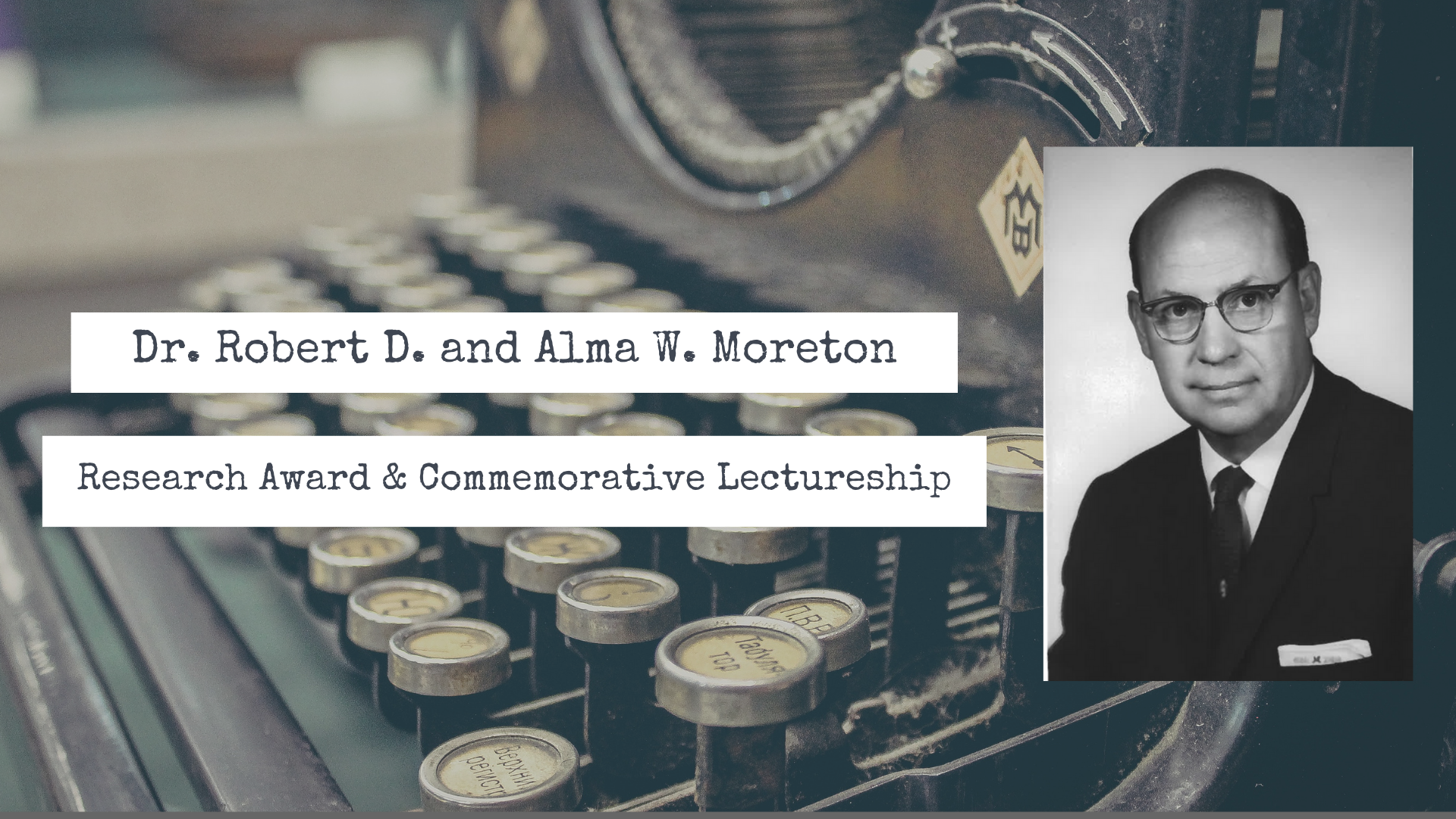
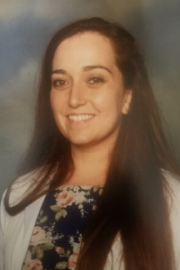 Natalie Weiss, BA, BS: Chair of the Physicians-in-Training Committee
Natalie Weiss, BA, BS: Chair of the Physicians-in-Training Committee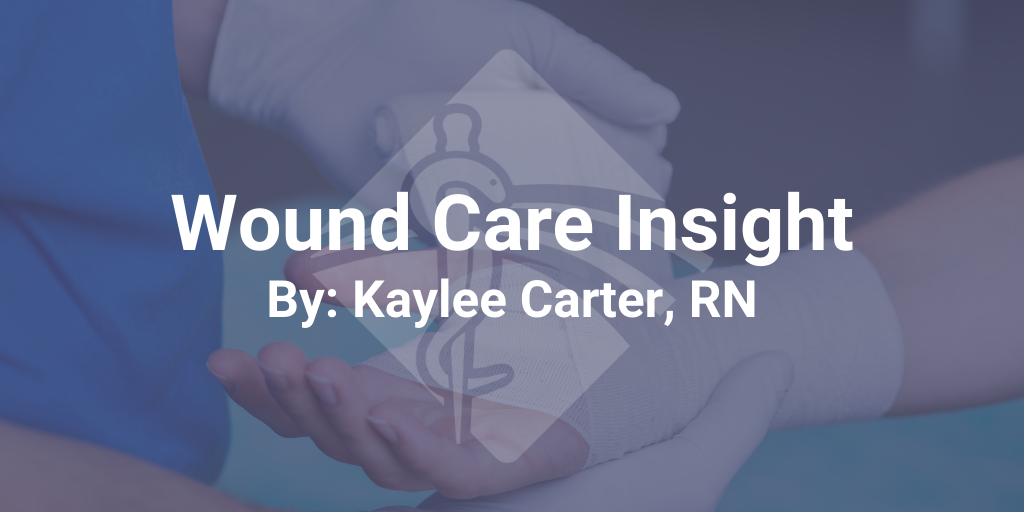
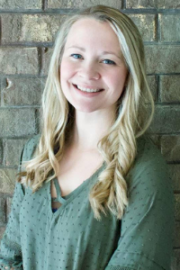 Kaylee Carter is a Registered Nurse in the Burn Center at Wake Forest Baptist Health in North Carolina. Her medical career began as a phlebotomist in 2012. Since then she has climbed the degree ladder from CNA, LPN, ADN, and she is two semesters away from her BSN. She maintains ACLS, PALS, BLS, ABLS, and ABLS instructor certification. Kaylee has spent several years as a staff nurse on the Burn Center and recently stepped into the Clinical Nurse Educator role. She is very passionate about nursing retention and is the principal investigator for a research study related to burn nurse retention at her facility.
Kaylee Carter is a Registered Nurse in the Burn Center at Wake Forest Baptist Health in North Carolina. Her medical career began as a phlebotomist in 2012. Since then she has climbed the degree ladder from CNA, LPN, ADN, and she is two semesters away from her BSN. She maintains ACLS, PALS, BLS, ABLS, and ABLS instructor certification. Kaylee has spent several years as a staff nurse on the Burn Center and recently stepped into the Clinical Nurse Educator role. She is very passionate about nursing retention and is the principal investigator for a research study related to burn nurse retention at her facility. 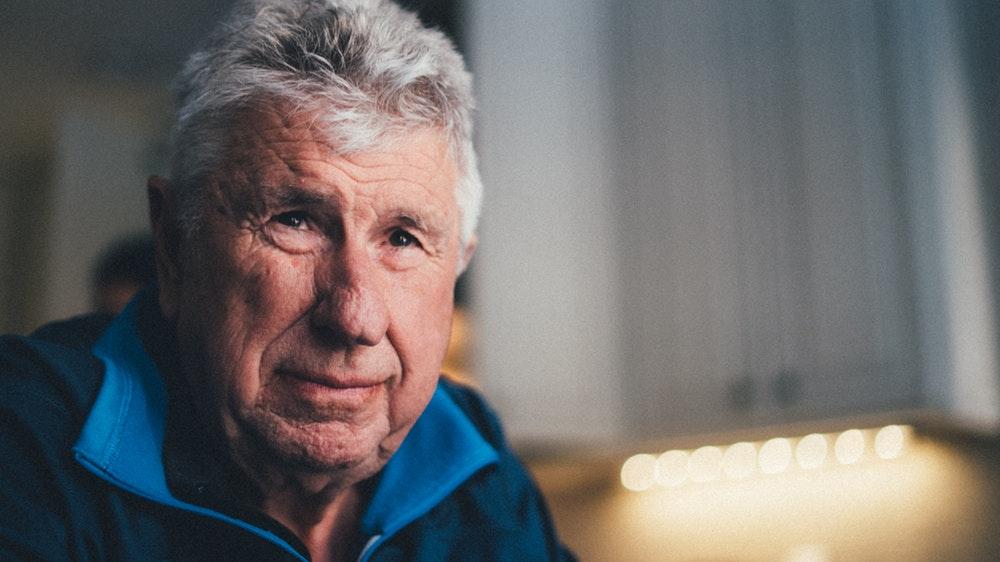
 Safety Precautions
Safety Precautions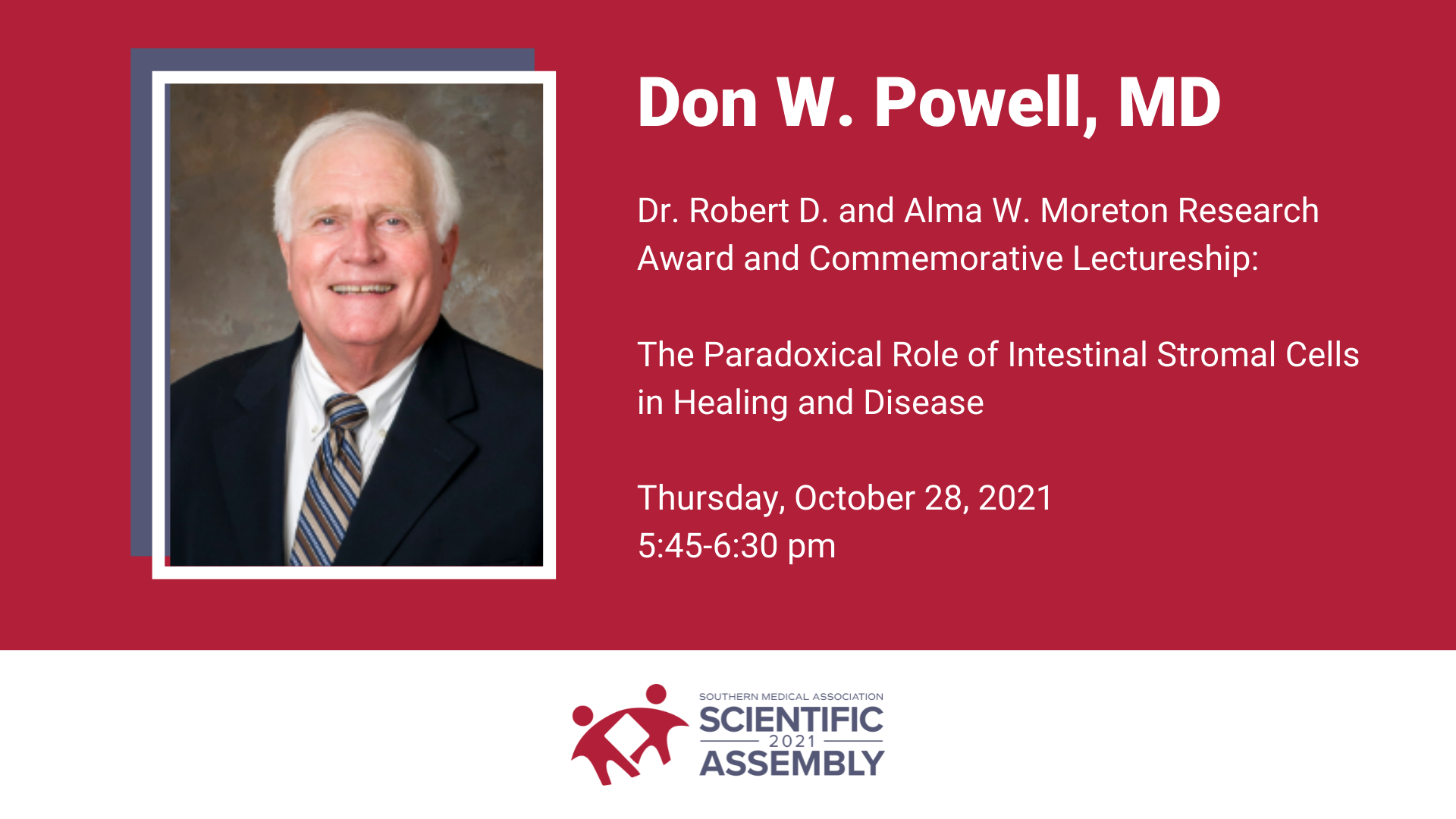
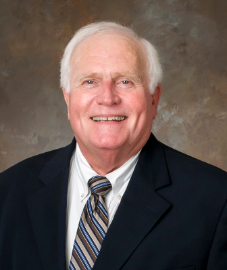 Don W. Powell, MD
Don W. Powell, MD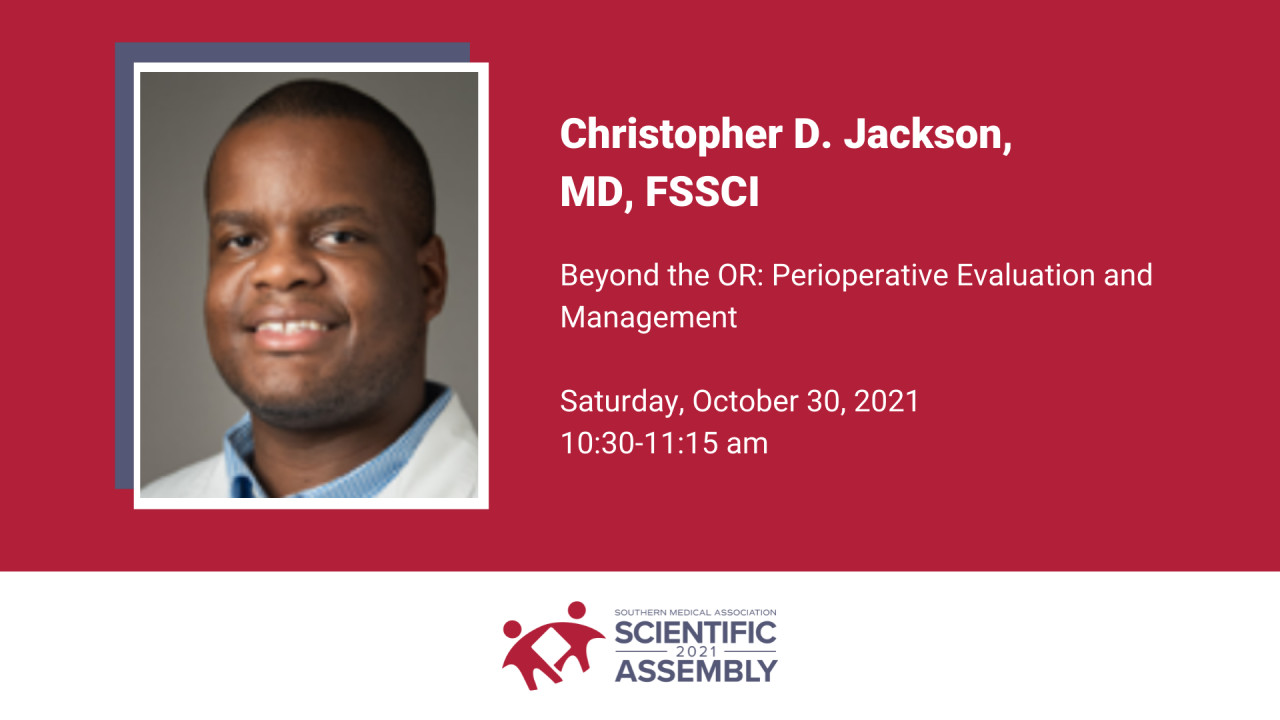
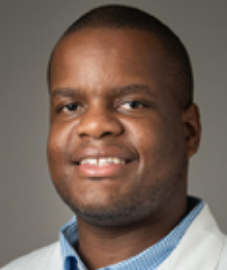 Christopher D. Jackson, MD, FSSCI
Christopher D. Jackson, MD, FSSCI
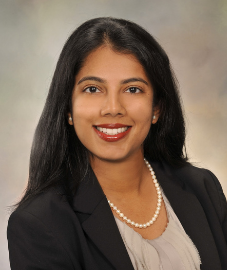 Anuja Mehta, MD
Anuja Mehta, MD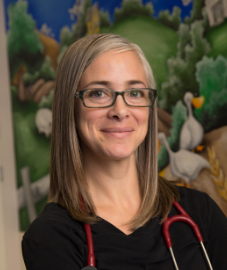 Lisa Spector, MD,
Lisa Spector, MD,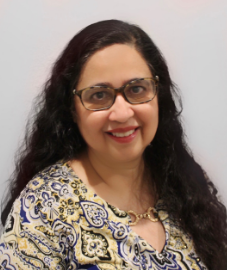 Shirin Hasan, MD,
Shirin Hasan, MD,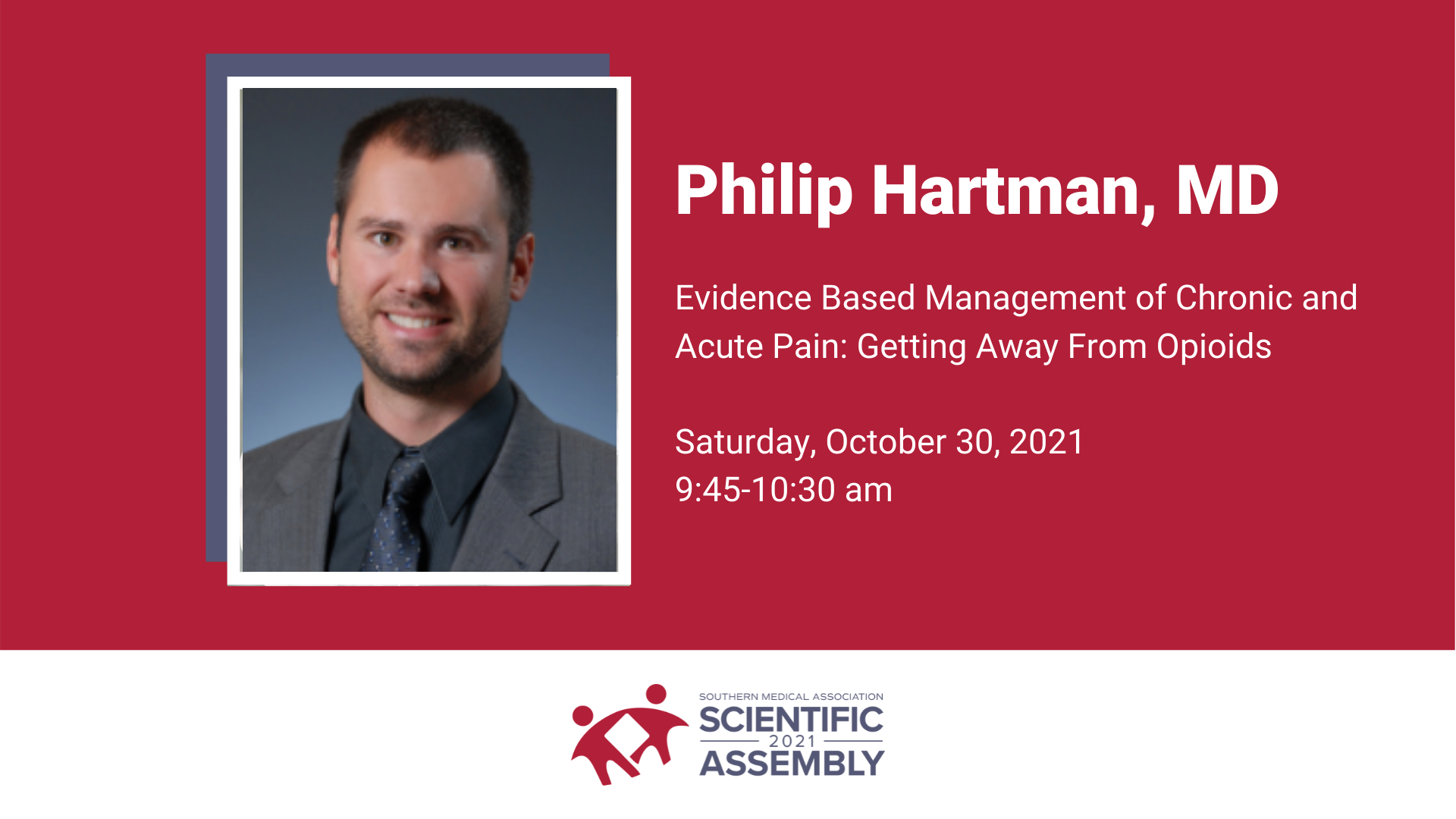
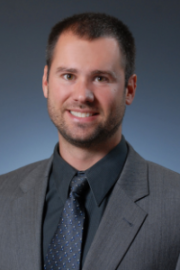 Philip Hartman, MD
Philip Hartman, MD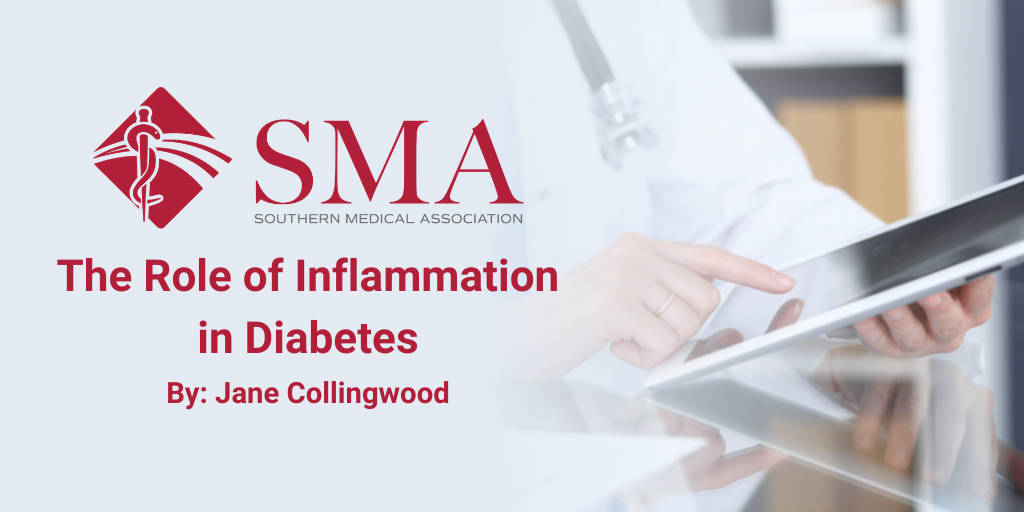
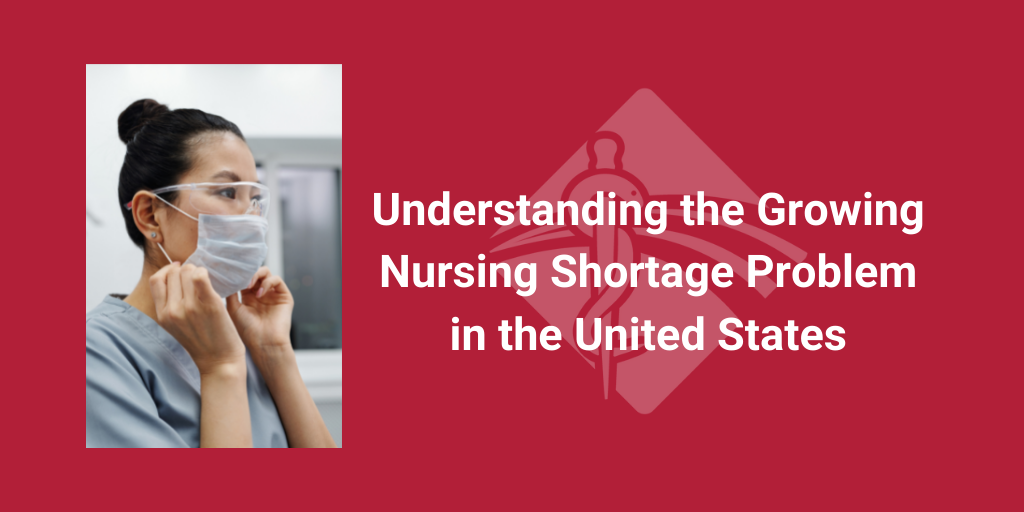
 Why is the Nursing Shortage Growing?
Why is the Nursing Shortage Growing?